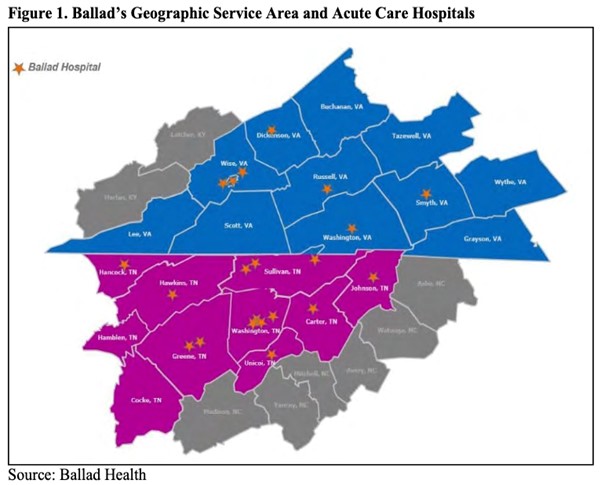by Carol J. Bova
The nursing shortage was a top issue for Ballad Health from the moment the health system was created in 2018 from a merger of Mountain States Health Alliance and Wellmont Health System. The new health system, which served far Southwest Virginia and neighboring parts of Tennessee, laid out a plan in its first annual report to tackle the burgeoning workforce crisis that was afflicting much of rural and small-town America.
The annual report noted the following initiatives:
- Putting $10 million annually into increasing nursing wages which affects one-third of [the] work force. The first two classes of the ETSU/Holston Valley accelerated BSN program graduated in May and August, 2018, producing a net gain of 34 additional nurse graduates above previous program capacity.
- Contracting with Northeast State Community College (NESCC) for admission of 20 additional associate degree nursing students each spring semester starting January, 2019. … This provides an additional 20 new graduate nurses annually above current capacity at NESCC program.”
These measures were clearly stop-gap. First, while the $10 million annual increase to nursing wages might have helped retain nurses, it did nothing to train or recruit new nurses. Second, educating 52 new nurses (only 34 in Virginia) over two years was a positive but only a fraction of the number needed— even assuming they all wound up working for Ballad. Continue reading







